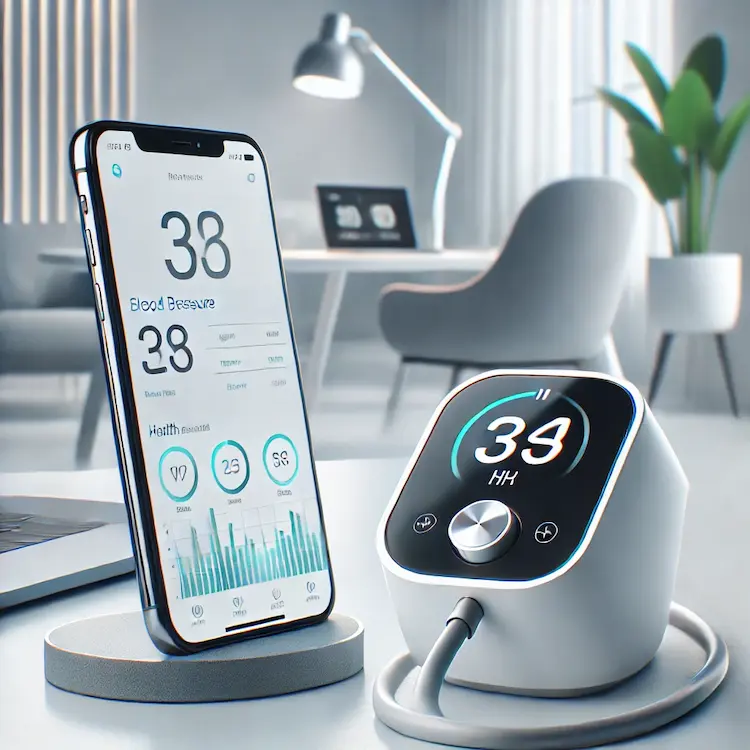Home Blood Pressure Monitoring (HBPM) involves the regular measurement of blood pressure outside a clinical setting, typically at home. It is an essential tool for managing hypertension, assessing treatment efficacy, and preventing cardiovascular complications. With hypertension affecting nearly 1.28 billion adults worldwide, HBPM offers a convenient and cost-effective method to monitor and control this silent killer.
HBPM holds several advantages:
Statistics reveal that patients who use HBPM are 30-50% more likely to adhere to treatment plans, significantly reducing their risk of heart attacks and strokes.
| Method | Features | Best For |
|---|---|---|
| Digital Monitors | Easy to use, automatic cuff inflation, memory storage | General users |
| Manual Monitors | Requires stethoscope and expertise | Trained professionals |
| Wrist Monitors | Portable, lightweight | Travelers |
| Smart Monitors | Connectivity to apps, data tracking | Tech-savvy individuals |

| Aspect | HBPM | Ambulatory BP Monitoring | Office BP Measurement |
|---|---|---|---|
| Convenience | High | Moderate | Low |
| Frequency of Monitoring | Regular | Continuous | Occasional |
| Cost | Moderate | High | Low |
| Accuracy | High (with proper use) | Very High | Variable |
HBPM fosters better health outcomes by encouraging early intervention and adherence to treatment. Countries that promote HBPM have observed a 10-15% reduction in hypertension-related mortality rates. The practice also reduces healthcare costs by minimizing hospital visits.
Home Blood Pressure Monitoring is a simple yet powerful tool to combat hypertension. By choosing the right device, following best practices, and collaborating with healthcare providers, individuals can significantly improve their health outcomes. Embrace HBPM as a proactive step toward a healthier life.